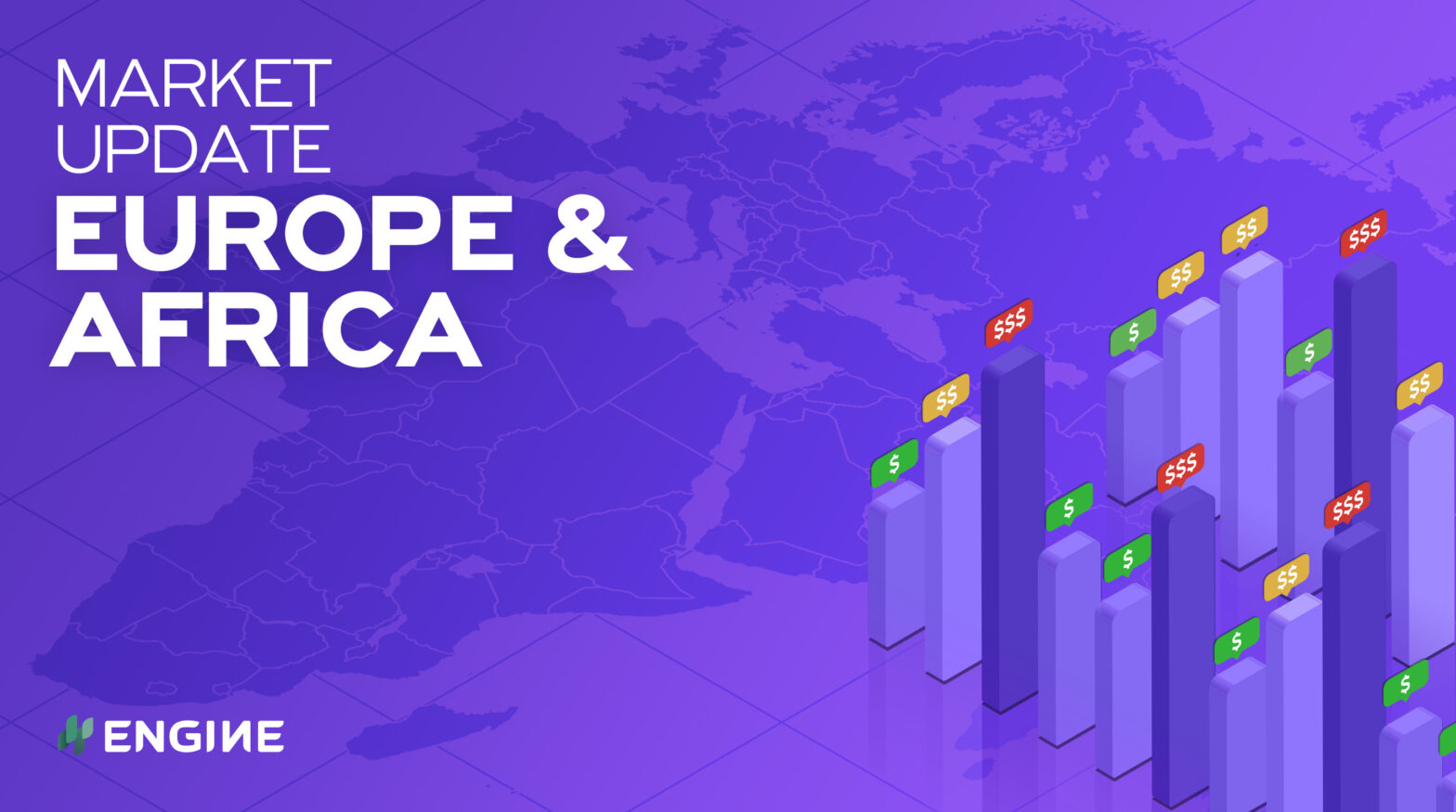Bunker prices have bounced back with recovering crude values in the past day, and HSFO380 is tight with certain suppliers in the ARA and Canary Islands.
Changes on the day to 08.00 GMT today:
- VLSFO prices up in Durban ($11/mt), Rotterdam ($10/mt) and Gibraltar ($5/mt)
- LSMGO prices up in Durban ($7/mt), Rotterdam ($6/mt) and Gibraltar ($4/mt)
- HSFO prices up in Rotterdam ($4/mt) and Gibraltar ($2/mt)
Recent high demand for HSFO380 stems has put delivery schedules under pressure across the ARA and Canary Islands. There is product to supply, however, despite a drawdown in independently held fuel oil stocks in the past week.
ARA’s residual fuel oil inventories shed 2% in week to yesterday, when they stood at to 6.40 million bbls – the lowest since March 2020. Backwardation in fuel oil forward curves has made it less lucrative to store product, triggering consecutive weekly draws in most weeks since early August.
Bunkering remains suspended across Malta’s offshore bunkering areas. Delays have mounted to more than a day for some vessels. Some vessels have opted for Gibraltar and other ports instead. Suppliers will be looking to clear backlogs during calmer weather over the weekend and into next week.
Malta’s VLSFO price has risen to $2-8/mt premiums over Gibraltar Strait ports.
Weather conditions are forecast to deteriorate with strong winds in the Gibraltar Strait from tomorrow, especially in Ceuta. Deliveries at anchorage can be halted.
Brent
Front-month ICE Brent has ended a three-day decline by gaining $0.67/bbl on the day, to $84.58/bbl at 08.00 GMT.
The futures contract is heading for its first weekly decline in two months, pressured down by growing US crude oil inventories and heightened expectations that Iran-US negotiations will resume next month.
After a gradual incline on the back of a widening global supply deficit since late August, Brent’s rally has run out of steam. Oil stocks have come under recent pressure from power plants switching away from natural gas amid widespread supply shortages and rocketing prices in Europe and Asia. Russia and China have intervened to cool red-hot gas and coal markets, respectively.
“The dip in crude prices will be temporary but could accelerate a little more if the natural gas prices correct even further. Part of the recent rally in crude came from expectations for added demand due to a shortage of natural gas,” says OANDA analyst Ed Moya.
In addition to next week’s COP26 summit, the market’s attention will be on the next instalment of OPEC+ talks on 4 November. Against a backdrop of crude prices at multi-year highs and calls to pump more oil, the group has so far stuck to its policy of limiting incremental output increases by 400,000 b/d in each month to April next year.
Experts advising OPEC+ came out with a slightly trimmed forecast yesterday, now expecting global oil demand to grow by 5.7 million b/d, down from its previous 5.8 million b/d forecast. A delegate from the OPEC+ Joint Technical Committee told S&P Global Platts they had seen “no major changes in supply and demand”, predicting the group to stay on its current course.
